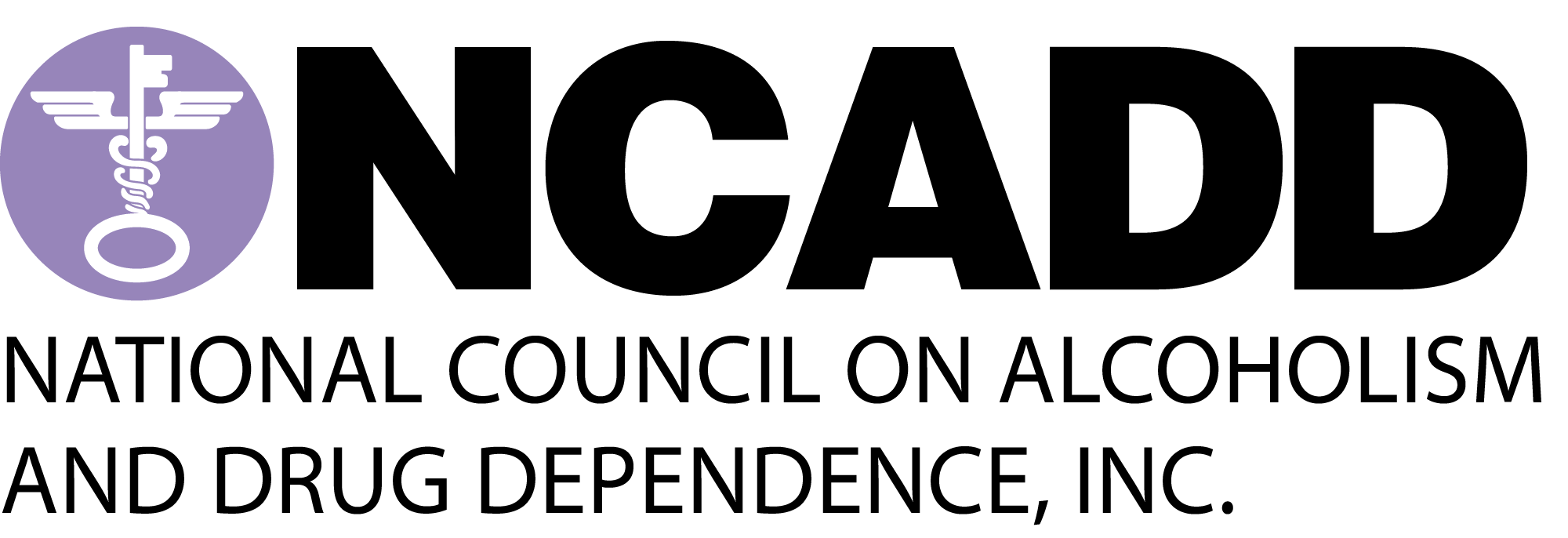Alcohol energy drinks (AEDs) or Caffeinated alcoholic beverages (CABs) are premixed beverages containing not only alcohol but caffeine and other stimulants. Sold in tall, narrow cans similar to non-alcoholic energy drinks, they are very popular among young people and are regularly consumed by 31% of 12- to 17-year-olds and 34% of 18- to 24-year-olds. They carry teen-friendly names and contain a lot of sugar and flavoring. A typical can has about as much caffeine as a large cup of coffee, along with additives like guarana and ginseng that can speed up the central nervous system.
Drinking alcohol and energy drinks together has become trendy, but it can also be risky. Marketed to kids, often through “new media” marketing campaigns and “grassroots” strategies using youth-oriented imagery and slogans, the new alcohol energy drinks have high alcohol content, sometimes as high as 12% as compared with 5% for a typical can of beer.
A major concern is that mixing energy drinks with alcohol can lead to “wide-awake drunkenness,” where caffeine masks the feeling of drunkenness but does not decrease actual alcohol-related impairment. As a result, you feel less drunk than you really are, which can lead to the consumption of even more alcohol or engaging in risky activities like drunk driving.
There have been numerous health problems reported and research has shown the dangers of adding caffeine to alcoholic drinks. The Food and Drug Administration has warned companies that the caffeine added to some of their alcoholic beverages makes the products unsafe and, as a result, some products have been removed from the market, while other companies have agreed not to make the beverages in the future.
However, there is still no regulation on the amount of caffeine in energy drinks, and no requirements related to the labeling of contents or possible health risks. The caffeine content in these beverages is usually not listed on the can.
Researchers from Wake Forest University School of Medicine found that students who mixed alcohol and energy drinks had double the risk of being hurt or injured, requiring medical attention, driving with an intoxicated driver, being taken advantage of sexually, or taking advantage of another sexually. A lead researcher explained, “Students whose motor skills, visual reaction times, and judgment are impaired by alcohol may not perceive that they are intoxicated as readily when they’re also ingesting a stimulant.”
Additionally, in 2015, investigators from Dartmouth’s Norris Cotton Cancer Center found teens aged 15-17 years old who mixed alcohol with energy drinks were four times more likely to meet the criteria for alcohol use disorder than a teen who had tried alcohol but never mixed it with an energy drink.
“Abusive alcohol use among adolescents is a dangerous behavior that can lead to injury, chronic alcohol use and abuse, and even death,” said one of the lead authors of the study. “Identifying those most at risk for alcohol use is critical. Given that this is a sensitive issue, it’s possible that clinicians, parents, and educators might open dialogues about alcohol use with adolescents by starting the discussion on the topic of energy drinks.”
